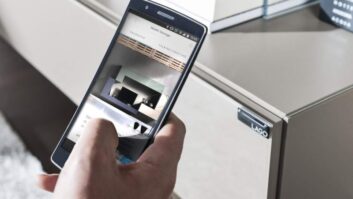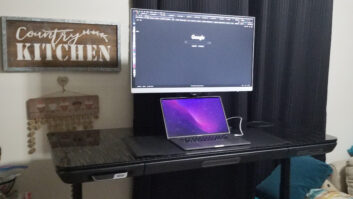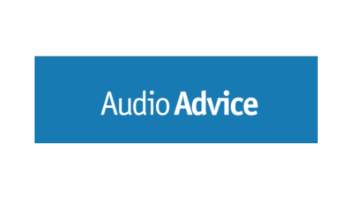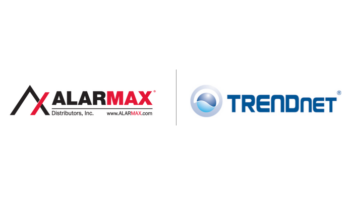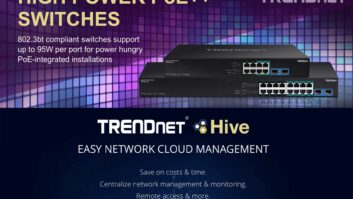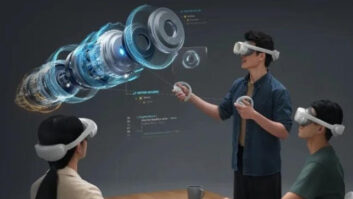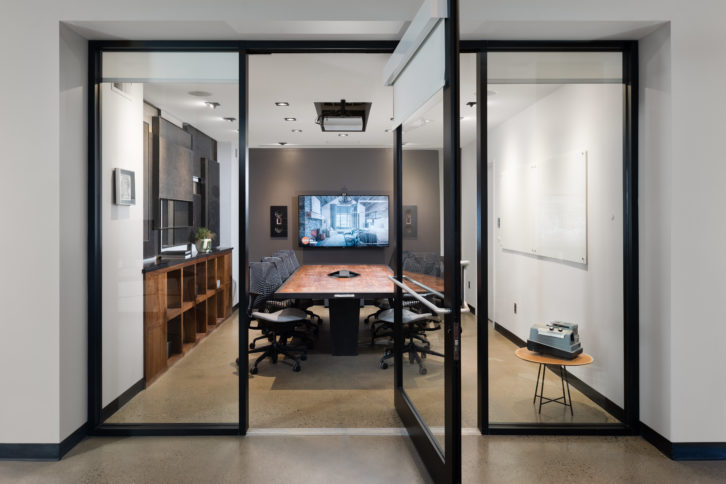 Editor’s Note: This article originally appeared on Systems Contractor News. Read more about the 2023 AV/IT Summit here.
Editor’s Note: This article originally appeared on Systems Contractor News. Read more about the 2023 AV/IT Summit here.
Another AV/IT Summit is in the books. This year, we set up shop in the UBS Arena, home of the New York Islanders. It’s a great venue and served as an excellent backdrop for our exhibitors and various panel discussions.
Of course, no event is without its challenges—and this year, the keynote address turned ours into a hybrid event. Less than 12 hours before showtime, the flight transporting our keynote speaker, Kay Sargent, was canceled after numerous delays. Sargent is a member of the SCN Hall of Fame (2022) and director of HOK’s WorkPlace, which designs and engineers work experiences for clients around the world. Needless to say, her keynote was highly anticipated.
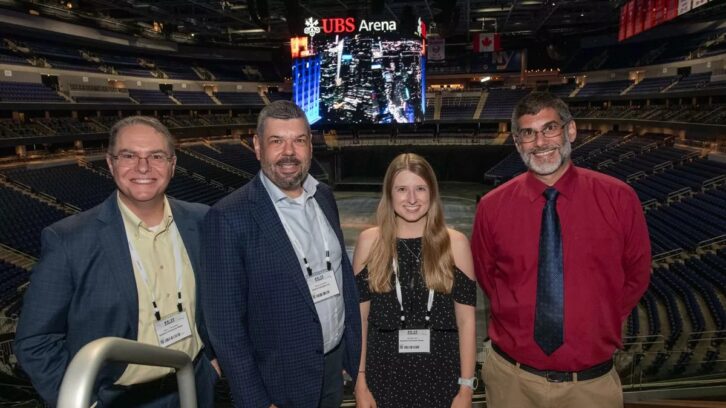
Thankfully, she was able to provide us with a video of a recent interview, complete with a slide presentation, which delivered plenty of insights to our attendees. Sargent’s remarks were focused on the very timely topic of the human-centric hybrid workplace.
According to Sargent, 94% of knowledge workers surveyed want more flexibility in when they work, and 80% want flexibility in where they work. Meanwhile, 74% of public sector companies have adopted hybrid work policies. A 3:2 model (three days in the office, two days remote) is the most common, but many companies have announced a mandatory four-day office schedule this year. Those numbers sure don’t look like they add up to a happy workforce.
Sure, management can simply declare remote work is no longer a thing, but that’s probably not going to encourage loyalty among employees who were forced to work from home during the pandemic and suddenly realized they liked it. Employees want to know why they have to return—what’s better at the office than what they have at home?
Sargent also shared an eye-opening statistic: Employees spend more than 252% more time in online meetings than they did just a few years ago in the pre-pandemic world. She also said there is a rise in after-hours work that is extending the average workday. Coincidence?
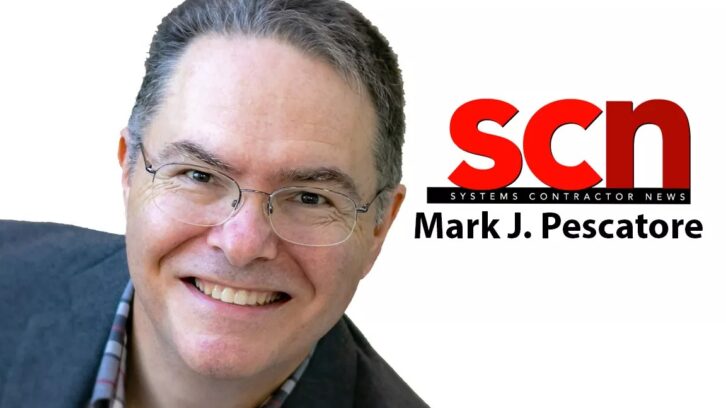
A smart hybrid strategy has to answer the right questions. After all, as Sargent asked, what is the “stickiness” of remote work? Is it simply the convenience? Maybe employees simply want to avoid the commute or an eight-hour work block.
Sargent emphasized the importance of the purpose of place. Essentially, the office must serve as a magnet for employees, drawing them back in with legitimate purpose. Part of the pull is ensuring that leaders are on-site and accessible; do as I say not as I do isn’t going to work here. The other part is rethinking the offices into tech-enabled, tech-enhanced spaces.
As Sargent explained, her team is no longer designing environments, they are designing the experience.
Her presentation reinforced my feeling that the Pro AV industry is going to remain extremely busy for the foreseeable future. Technology not only needs to be a cornerstone of any successful return-to-office effort, but it needs to drive any hybrid operational models moving forward.
About the Author
Mark J. Pescatore, Ph.D., is the content director of Systems Contractor News. He has been writing about Pro AV industry for more than 25 years. Previously, he spent more than eight years as the editor of Government Video magazine. During his career, he’s produced and hosted two podcasts focused on the professional video marketplace, taught more than a dozen college communication courses, co-authored the book “Working with HDV,” and co-edited two editions of “The Guide to Digital Television.”
See also: Is Recognition Cultural Rocket Fuel?




